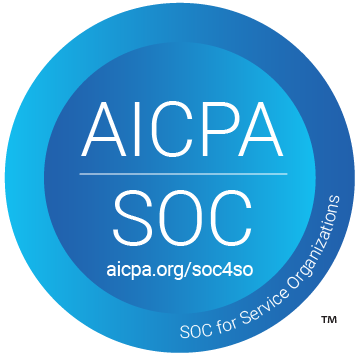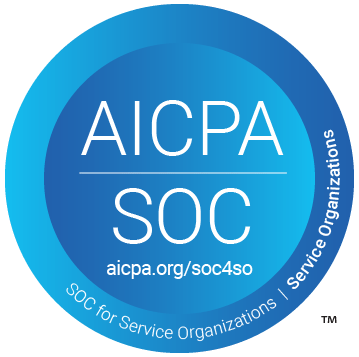Learn how to integrate GitHub and Discord using Pabbly Connect in this detailed tutorial. Follow the exact steps to automate your workflow effectively. Explore efficient methods for automating routine tasks with clear, concise instructions suited for both newcomers and experienced professionals.
Watch Step By Step Video Tutorial Below
1. Accessing Pabbly Connect for Integration
To start the integration process using Pabbly Connect, you need to visit the official website. Simply search for Pabbly Connect in your browser and access the landing page. Here, you will see options to sign in or sign up for free.
If you are a new user, you can click on ‘Sign up for free’ to get started with 100 free tasks every month. If you’re an existing user, just click on the ‘Sign In’ button. After signing in, you will land on the dashboard where all Pabbly applications are displayed.
2. Creating a Workflow in Pabbly Connect
In this section, we will create a workflow using Pabbly Connect. Click on the ‘Create Workflow’ button to begin. You will be prompted to enter the workflow name and select a folder for saving it. For this tutorial, name your workflow ‘Send Discord Messages for GitHub Issues’ and select the appropriate folder.
- Click on ‘Create’ to open the workflow window.
- This window will allow you to set up triggers and actions.
- Select GitHub as the trigger application.
After setting up the initial details, you will need to select the trigger event. Choose ‘Issues’ as the event to trigger the workflow whenever a new issue is created in GitHub.
3. Connecting GitHub to Pabbly Connect
Next, we will connect GitHub with Pabbly Connect. Once you select GitHub as the trigger application, click on ‘Connect’. If you have previously connected your GitHub account, you can select the existing connection. Otherwise, click on ‘Add a New Connection’.
Pabbly Connect will ask for permissions to access your GitHub account. Click on ‘Authorize Pabbly’ to grant the necessary permissions. After authorization, select the owner and the repository from which you want to capture issues.
4. Testing the GitHub Connection
After setting up the connection, it’s essential to test it using Pabbly Connect. To do this, create a new issue in your GitHub account. For example, title it ‘Login Page Not Loading Properly’ and provide a description detailing the issue. Once you submit this new issue, it will trigger the workflow.
Return to Pabbly Connect and check if it has captured the response. You should see the details of the created issue in the workflow. This confirms that the trigger is working correctly.
5. Sending Messages to Discord
In the final step, we will set up Discord as the action application in Pabbly Connect. Search for Discord and select it as the action application. Choose the action event as ‘Send Channel Message (HTML)’ and click on ‘Connect’.
To successfully connect Discord, you need a webhook URL. Follow the steps to create this URL in your Discord server settings. Copy the webhook URL and paste it into Pabbly Connect. Then, customize your message using the details from the GitHub issue you created earlier.
- Map the title and description of the GitHub issue to your Discord message.
- Set the bot name and icon if desired.
- Click ‘Save and Send Test Request’ to check if the message is sent to Discord.
After sending the test request, check your Discord channel to confirm that the message has been successfully sent. You should see a notification with the issue details from GitHub.
Conclusion
In conclusion, using Pabbly Connect allows you to seamlessly integrate GitHub and Discord, automating notifications for new issues. This integration enhances team communication and ensures timely responses to issues.
Ensure you check out Pabbly Connect to create business automation workflows and reduce manual tasks. Pabbly Connect currently offer integration with 2,000+ applications.
- Check out Pabbly Connect – Automate your business workflows effortlessly!
- Sign Up Free – Start your journey with ease!
- 10,000+ Video Tutorials – Learn step by step!
- Join Pabbly Facebook Group – Connect with 21,000+ like minded people!






